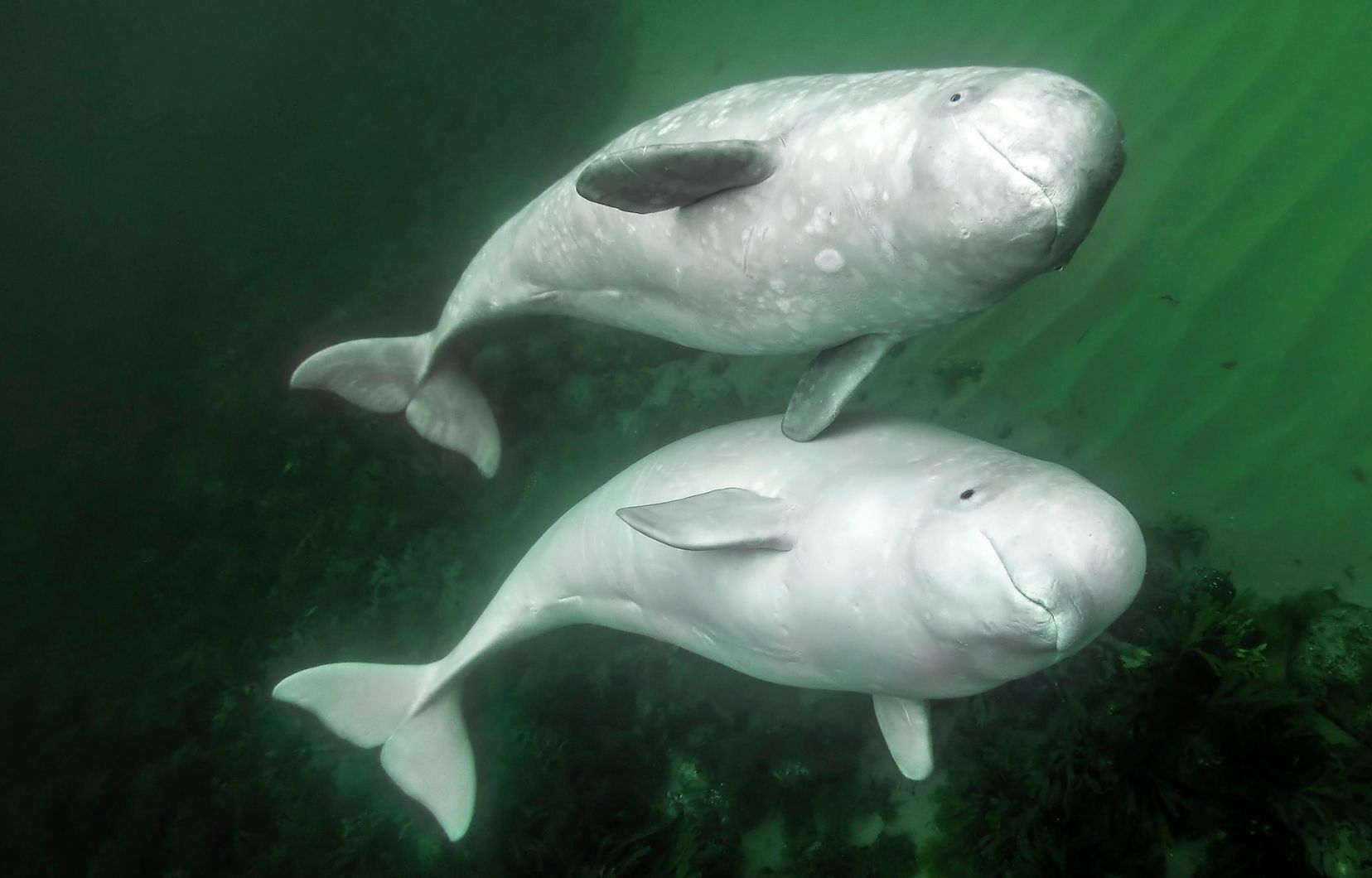The Office of Public Hearings on the Environment (BAPE) will analyze another dredging and sediment disposal project in the protected habitat of the beluga and located in an area which should be part of the expansion of the Saguenay marine park – Saint-Laurent. The Legault government has already authorized another project of this type, but more intensive, at the port of Rivière-du-Loup.
The port of Gros-Cacouna is a deep-water port, but its harbor is subject to sedimentation, which means that dredging work must sometimes be carried out to maintain sufficient depth for the ships passing through it.
The Société portuaire du Bas-Saint-Laurent et de la Gaspésie (SPBSG) therefore wants to obtain an authorization valid for 10 years in order to carry out operations which would each time remove 60,000 m3 of seabed sediments. These operations would take place over a period of up to 30 days, 24 hours a day, including up to 475 trips to the discharge site directly in the St. Lawrence, near Rivière-du-Loup.
The issue is that this dredging and discharge work will take place directly in the “essential habitat” for the survival and recovery of the beluga, and more precisely in a sensitive area for females and young, since it is considered a nursery for the species.
The summary of the impact study, published Tuesday by the BAPE when announcing its “public consultation” mandate, specifies that “the Cacouna sector is highly frequented by populations of belugas and these are sensitive to increased suspended solids, noise levels and maritime traffic linked to movements of the barge/dredger to the open water discharge site.”
Underwater noise
The beluga, which is classified as “endangered” under the federal Species at Risk Act, mainly frequents this region between the months of June and October, but animals are also present later in the fall. However, “noise propagates effectively in the water, which would make dredging activities perceptible to belugas over distances of several kilometers,” according to an opinion formulated by Fisheries and Oceans Canada.
Even if the SPBSG considers that the impact of its project “appears weak”, its impact study recognizes that the Gros-Cacouna dredging project, which could “overlap” that already authorized in Rivière-du-Loup, could lead to the “avoidance” of the sector by belugas, but also “to lead to a permanent or temporary modification of feeding, reproduction and movement patterns”.
In this context, the promoter plans to carry out the work mainly in November and December, “when beluga use of the sector is lower. However, underwater noise will be produced, which could affect the individuals present.”
In Gros-Cacouna and Rivière-du-Loup, the proponents also claim that they will be able to monitor the animals during the transport of sediments and when deposited in open water. To achieve this, visual monitoring is planned and using hydrophones, devices that capture the sounds emitted by belugas. If an animal approaches within a radius of less than 400 meters, we ensure that the work will be stopped.
No studying
It should be noted that despite the identification of numerous risks for a protected species, there is no scientific study focusing specifically on the impacts of planned operations on the endangered cetacean. “There are actually no studies, from the ministry or other organizations, which specifically document the effects of dredging on belugas in the St. Lawrence. Data on other species elsewhere in the world are rare and, at best, very fragmentary,” Fisheries and Oceans Canada has already indicated. Duty.
In their report on the dredging project of the Société des ferryiers (STQ) in Rivière-du-Loup, the BAPE commissioners considered that “only a study of the cumulative effects on the beluga of the St. Lawrence estuary , in the Rivière-du-Loup region, carried out jointly by the Ministry of Forests, Wildlife and Parks and Fisheries and Oceans Canada, would make it possible to assess the contribution of dredging in relation to other human activities taking place in the area. sector”.
The Legault government nevertheless authorized the STQ to dredge and discharge sediments into the species’ habitat each year until 2033. At the same time, it is studying the possibility of moving the ferry that connects Bas-Saint -Laurent and Charlevoix at the port of Gros-Cacouna, not far from a new terrestrial beluga observation site. No decision has yet been made on this matter.
In the case of these two projects, the sediment discharge portion takes place in an area that will be added to the Saguenay–St. Lawrence Marine Park once the expansion project desired by Quebec and Ottawa is completed. When announcing this project, the Minister of the Environment of Quebec, Benoit Charette, emphasized his desire to “improve the protection of marine mammals living in the St. Lawrence estuary such as the beluga, which is a species emblematic of the fragility of this habitat.”
